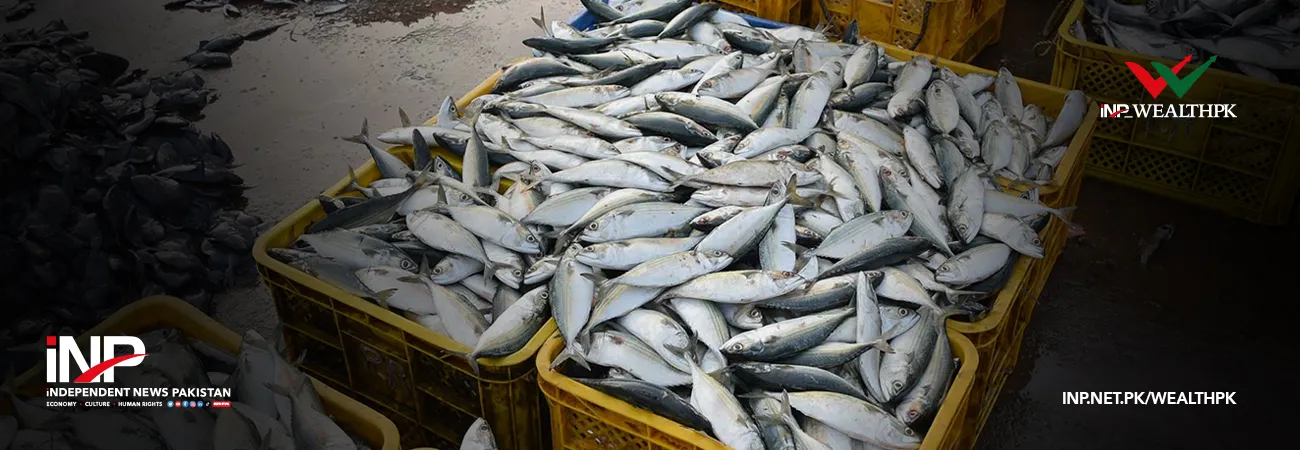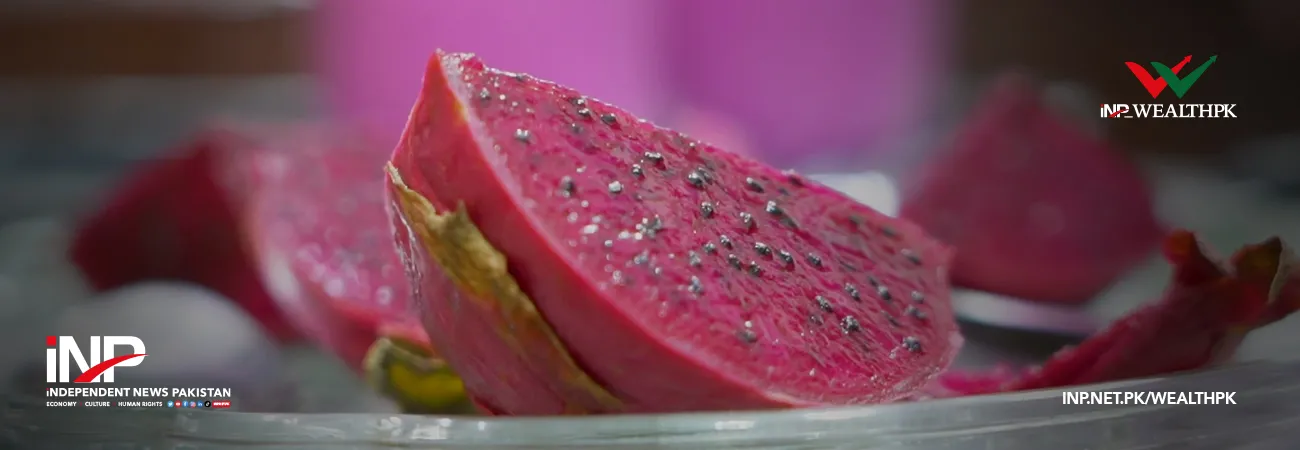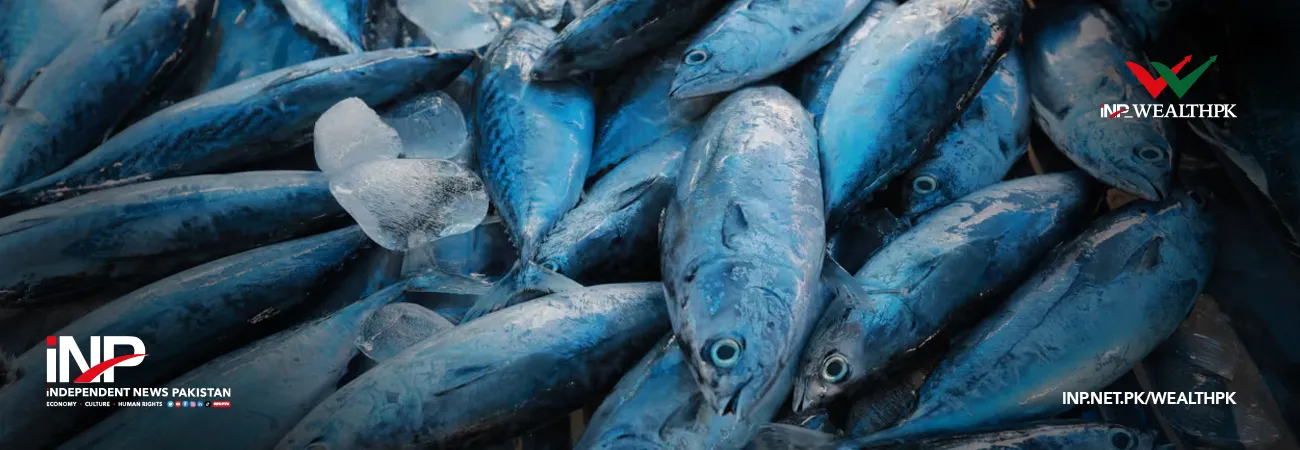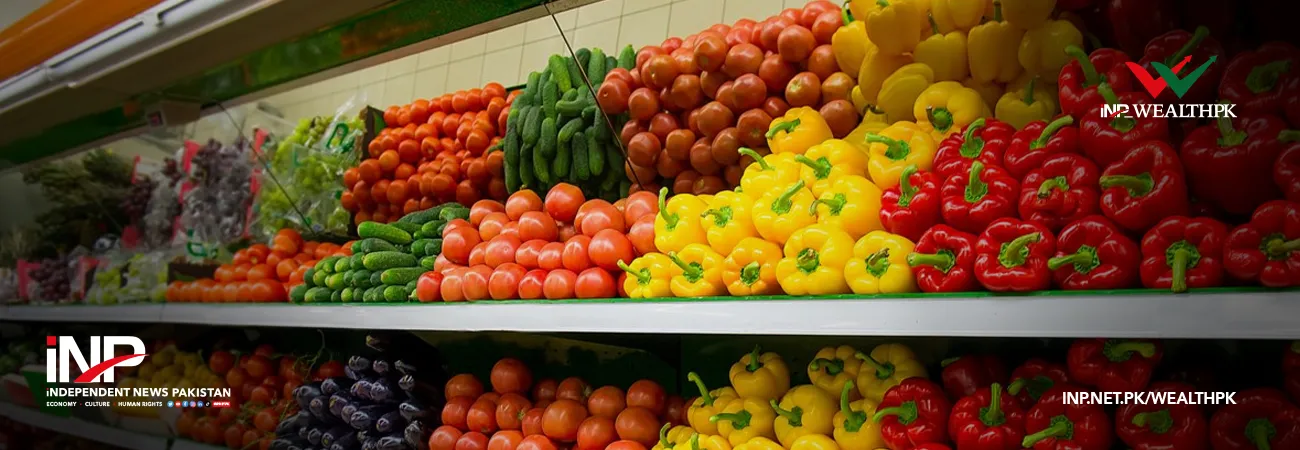INP-WealthPk
Ahmed Khan Malik
Pakistan exported fishery products worth $496 million in the financial year ended June 30, 2023, which is an impressive number, but still far below the $1 billion potential of this sector. The failure to realise the full potential in exports of fishery products is attributable to lack of modern infrastructure and marketing, which has deprived the country of the precious foreign exchange. The Karachi fish harbour is central in the whole chain of fishery exports, but this major harbour of the country has so far failed to meet the expectations and standards of international buyers, causing suspension of fishery exports to the European markets. Keeping in view this, the Sindh government has launched a project to improve and upgrade the harbour. “This upgradation project is aimed at bringing the harbour on a par with the global standards,” Naveed Siddiqui, director of the provincial fisheries department, told WealthPK. He pointed out that the harbour renovation project was a long-term measure and included the installation of a firefighting system, construction of a sewerage system, underground water tank and pump room, a water tower, external electrical works, roads and stone pitching, CCTV system, boundary wall, as well as rehabilitation of floating pontoons.
He said the project, which was expected to be completed next year, would help the country boost its exports of fishery products. Pakistan’s fisheries sector faces challenges and is not achieving its economic potential. The marine capture fishery has experienced a decrease in overall production since the 1990s, and a decrease in per-unit value as well. According to a World Bank report, Karachi fish harbour is severely overcrowded with both active and inactive vessels, and working areas are heavily congested. The report suggested moving a larger part of landing and processing operations to the underutilised Korangi Harbour, as was intended during the harbour’s construction. This would require upgrades to power, water and fish handling infrastructure. While the country has extensive resources of fresh and brackish water, aquaculture in Pakistan is limited in its variety and extent. The industry is dominated by carp, with small quantities of tilapia and trout. Marine and coastal aquaculture, such as shrimp farming, are almost non-existent.
Despite good agro-climatic conditions, Pakistan lags its neighbours in aquaculture production: Bangladesh and India are among the world’s top-five aquaculture-producing countries, while Pakistan ranks 28th. Its aquaculture growth rate of approximately 1.5% per year over the past five years is considerably slower than rates in India and Bangladesh. Furthermore, Pakistan’s aquaculture growth is well behind these countries during equivalent periods of their aquaculture industry’s development, despite continued strong global demand. The major fish imports of Pakistan are pangasius and tilapia. Both these categories of catfish are imported from Vietnam at 61% import duties, including 20% customs duty, 35% regulatory duty and 6% additional customs duty. Pangasius and tilapia are aquaculture and can be easily farmed locally. Pakistan has now started farming of both tilapia and pangasius and the experiments have remained successful. In terms of exports, frozen flat fish belonging to demersal species of fish is the most exported category followed by shrimps and prawns.
Credit: INP-WealthPk













